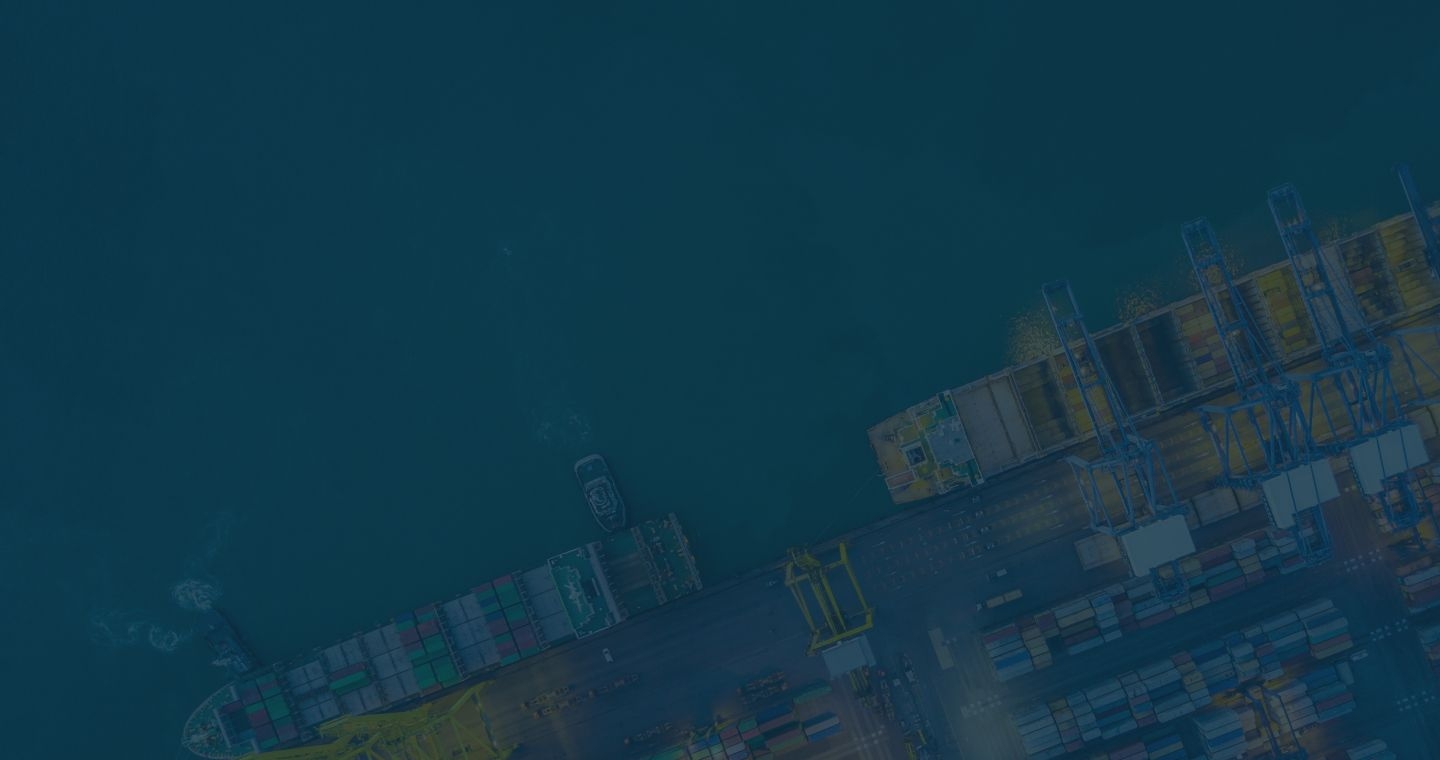
Container Shipping to Dominican Republic — Get Instant Quotes



Why Choose iContainers for Shipping to Dominican Republic
- Lock-in space at two busy hubs. DP World Caucedo handled 1.25 million TEU in 2024 (+14 % YoY), while Puerto Río Haina moved about 0.5 million TEU—berth windows disappear fast. (worldcargonews.com, lca.logcluster.org)
- Smooth DR-CAFTA paperwork. Our platform walks you through tariff-free certificates, DIGESETT vehicle import licences and health approvals for food, cigars and rum.
- FCL, LCL & multi-modal combos. Weekly departures link the U.S., Europe and Asia to Caucedo (DOCAU) and Río Haina (DOHAI) with real-time milestones and bilingual support.
- Need it faster? Add an air-freight leg via Las Américas International Airport (SDQ)—the Caribbean’s busiest cargo hub, moving 355 million lbs of freight annually. (en.wikipedia.org)
- Plan around the hurricane season. From June to November, storms can shut terminals and create yard backlogs across the region—our team flags schedule changes early. (mykn.kuehne-nagel.com)
Our Container Shipping Services to Dominican Republic
Full Container Load (FCL) Shipping
High-volume exporters—apparel, medical devices, cigars—book 20' & 40' boxes straight into Caucedo’s automated yard or Río Haina’s cross-dock zones for fast turnaround.
Less than Container Load (LCL) Shipping
SMEs cut costs on cargo under 15 m³ with weekly consolidations ex-Miami, New York, Valencia & Shanghai—ideal for spare parts and e-commerce restocks.
| Key Service Facts | |
|---|---|
| Popular mode | FCL dominates bulk apparel & electronics; LCL rising for SME replenishment |
| Major port / airport served | Caucedo & Río Haina; urgent freight via SDQ (Las Américas) |
| Typical cargo | Medical instruments, rolled tobacco/cigars, apparel, rum, gold ore |
| Transit-time snapshots | • Port Everglades → Río Haina: ≈ 3 days • Birmingham (AL) → Caucedo: ≈ 5 days • Detroit → Caucedo: ≈ 26 days • Shanghai → DR ports: 25 – 42 days depending on trans-Pacific loop |
| Country-specific challenge | Peak hurricane-season congestion & weather delays—early booking reduces roll-over risk. (mykn.kuehne-nagel.com) |
| Alternative option | Door-to-door air freight (1 – 3 days) via SDQ for high-value or time-critical cargo |
Container shipping rates to Dominican Republic
How much does it cost to ship a container to Dominican Republic?
How Long Does It Take to Ship a Container to Dominican Republic?
- US Gulf & Caribbean → DR: ≈ 3 – 8 days direct (e.g., Port Everglades, New Orleans).
- North Europe → DR: ≈ 15 – 25 days with one Atlantic trans-shipment.
- East Asia → DR: ≈ 25 – 42 days via Panama or U.S. East Coast hubs.
- Air freight: door-to-door in 1 – 3 days through SDQ.
Popular Routes and Ports for Shipping to Dominican Republic
Regular loops—ANP, WCCA, CARIBEX, Far East–Caribbean Express—connect Caucedo and Río Haina with Houston, Miami, New York, Valencia, Barcelona, Ningbo and Shanghai. Onward trucking or rail reaches Santo Domingo free-trade zones within 2 hours of discharge.
Steps to Book Your Container Shipment with iContainers
- Generate an instant quote online.
- Upload documents (commercial invoice, packing list, DR-CAFTA certs, any phytosanitary permits).
- Confirm booking & pay securely.
- Track milestones—gate-in, loading, trans-shipment, arrival—in real time.
- Clear customs—self-service T-OIM forms or lean on our licensed brokers.
- Arrange final-mile delivery to Zona Franca warehouses, retail DCs or Amazon FBA.
What Can You Ship in a Container to Dominican Republic?
Common Commodities
- Medical devices
- Apparel & textiles
- Rolled tobacco/cigars
- Rum & beverages
- Auto parts
- Electronics
Restricted / Prohibited
Firearms, counterfeit brands, wildlife products, goods without DR Ministry of Health certification.
FAQs About Shipping Containers to Dominican Republic
Enter origin, destination and load size in our quote tool—FCL & LCL rates update weekly with bunker and peak-season surcharges.
Not required by Dominican law, but strongly advised; add door-to-door coverage at checkout.
Secure space 6–8 weeks ahead of the June-to-November storm window to avoid roll-overs and congestion fees.
Yes—book sea-air solutions (e.g., Asian origin → Miami by air → Caucedo by feeder) for optimal speed and cost.